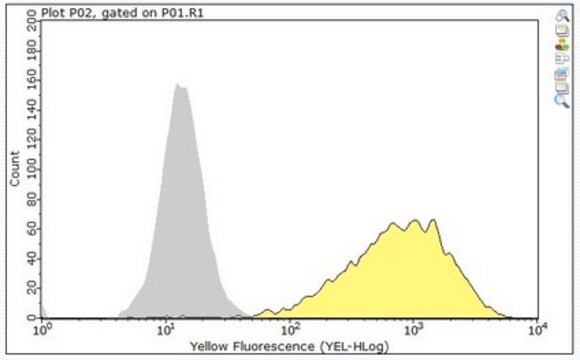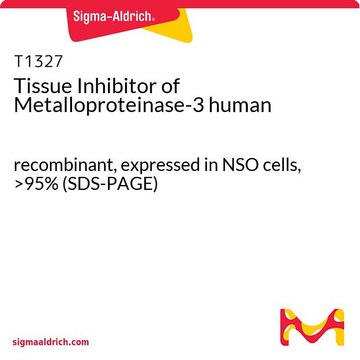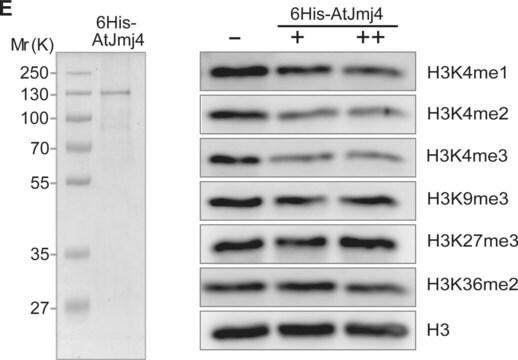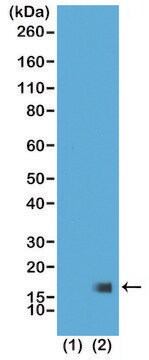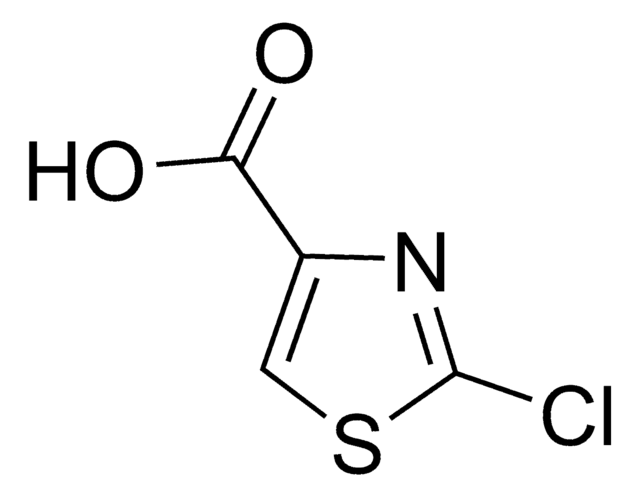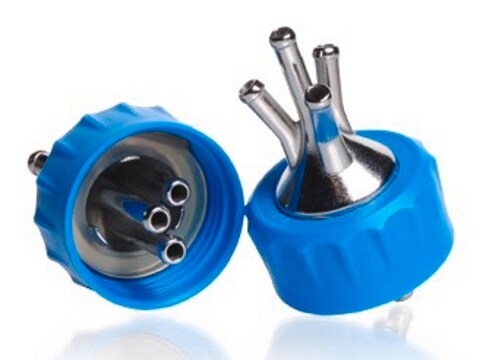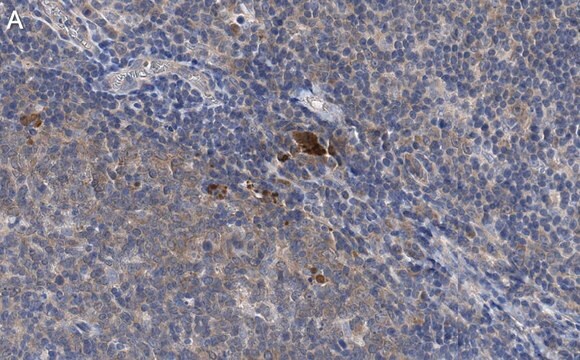MABE636
Anti-monomethyl Histone H3 (Lys4) Antibody, clone RM140
clone RM140, from rabbit
Synonym(s):
Histone H3.3, Histone H3
About This Item
multiplexing
western blot: suitable
Recommended Products
biological source
rabbit
Quality Level
antibody product type
primary antibodies
clone
RM140, monoclonal
species reactivity
human
technique(s)
multiplexing: suitable
western blot: suitable
isotype
IgG
UniProt accession no.
shipped in
wet ice
target post-translational modification
monomethylation (Lys4)
Gene Information
human ... H3F3B(3021)
General description
Specificity
Immunogen
Application
Epigenetics & Nuclear Function
Histone Modifying Proteins
Quality
Western Blotting Analysis (WB): 0.5 μg/mL of this antibody detected monomethyl Histone H3 (Lys4) in HeLa acid extract.
Target description
Physical form
Storage and Stability
Note: Variability in freezer temperatures below -20°C may cause glycerol containing solutions to become frozen during storage.
Other Notes
Disclaimer
Not finding the right product?
Try our Product Selector Tool.
Storage Class Code
12 - Non Combustible Liquids
WGK
WGK 2
Flash Point(F)
Not applicable
Flash Point(C)
Not applicable
Certificates of Analysis (COA)
Search for Certificates of Analysis (COA) by entering the products Lot/Batch Number. Lot and Batch Numbers can be found on a product’s label following the words ‘Lot’ or ‘Batch’.
Already Own This Product?
Find documentation for the products that you have recently purchased in the Document Library.
Our team of scientists has experience in all areas of research including Life Science, Material Science, Chemical Synthesis, Chromatography, Analytical and many others.
Contact Technical Service